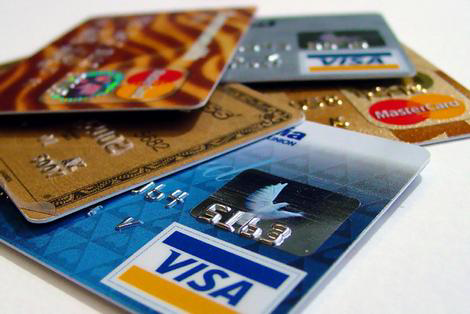Small Business
First-Party Fraud Costs $100 Billion Per Year
First-party fraud occurs when the legitimate holder of a credit card disputes a purchase they truly did make, but reports the transaction as an unauthorized purchase.
Jul. 28, 2024

First-party fraud costs U.S. financial institutions and merchants more than $100 billion a year, according to new research from Socure, the leading provider of digital identity verification and fraud solutions. More than one in three Americans (35%) admit to committing first-party fraud themselves, in which people use their own identity to commit a dishonest act for financial gain.
First-party fraud occurs when the legitimate holder of a credit card disputes a purchase they truly did make, but for some reason were dissatisfied with the product or service. Instead of communicating with the product or service seller, the purchaser instead reports the transaction as an unauthorized purchase.
The results of this new research underscore that, with minimal stigma or personal consequences, first-party fraud has concerningly established itself as a widely accepted everyday activity.
America’s First-Party Fraud Epidemic
According to Socure’s survey data, an alarming two in five Americans (40%) say that they know someone who has engaged in some type of first-party fraud. This includes requesting a refund on an online purchase by falsely claiming that a delivery has been lost, choosing not to pay off credit card bills indefinitely, making a purchase through a “Buy Now Pay Later” (BNPL) loan or maxing out a credit card with no intention of paying it off, or disputing a legitimate financial transaction. What’s more, a large majority (77%) believe that there are some instances where first-party fraud should not carry any legal consequences.
Falling on hard times is the most common rationalization for engaging in first-party fraud, as 34% of those that admitted to the practice cited economic hardship as their reason. Additional excuses were that it was an accident (29%) and that they knew someone else who had successfully committed the act with no repercussions, which drove them to commit first-party fraud themselves (19%).
Younger Americans are far more likely to engage in first-party fraud. A majority of Gen Zers (52%) say they’d commit first-party fraud if they knew there would be no negative consequences, and 1 in 5 (19%) do not consider it to be ethically wrong – a rate three times higher than Baby Boomers (6%). Nearly a third of all Gen Zers (30%) admit to making a purchase through a BNPL loan without intending to pay it back – the most common behavior amongst this age group.
Behavioral Insights: First-Party Fraud Tell-Tale Signs
Socure has also analyzed hundreds of millions of financial transactions beyond the standard credit report to understand the behavior of first-party fraudsters, discovering several tell-tale signs:
- Fraudsters often use newly created identity contact elements such as email, address, and phone numbers to create new accounts (oftentimes during the same week), most likely in an effort to avoid follow-on collection attempts.
- Consumers who have two or more closed accounts associated with first-party fraud are 189 times more likely to commit fraud again.
- The more users are on an account, the more likely first-party fraud is to occur. For instance, accounts with five or more registered authorized users are 22 times more likely to be linked to first-party fraud.
- An account closed within 90 days from opening is three times more likely to have committed first-party fraud.
Despite these increasingly clear indicators, much more needs to be done to effectively fight back. According to an additional recent poll conducted by Socure, nearly 50% of financial institutions do not go back to the consumer to collect funds, even if it’s determined that it is first-party fraud. Instead, they opt to “just take a loss,” leaving little incentive for fraudsters to stop what they’re doing.
The report, the most comprehensive study of first-party fraud ever undertaken, combines two significant pieces of research – a survey of 1,000 U.S. consumers and deep insights gleaned from hundreds of millions of financial transactions. This was done to expose the elusive, widespread nature of this massive problem and the behaviors and motivations of those behind it.
